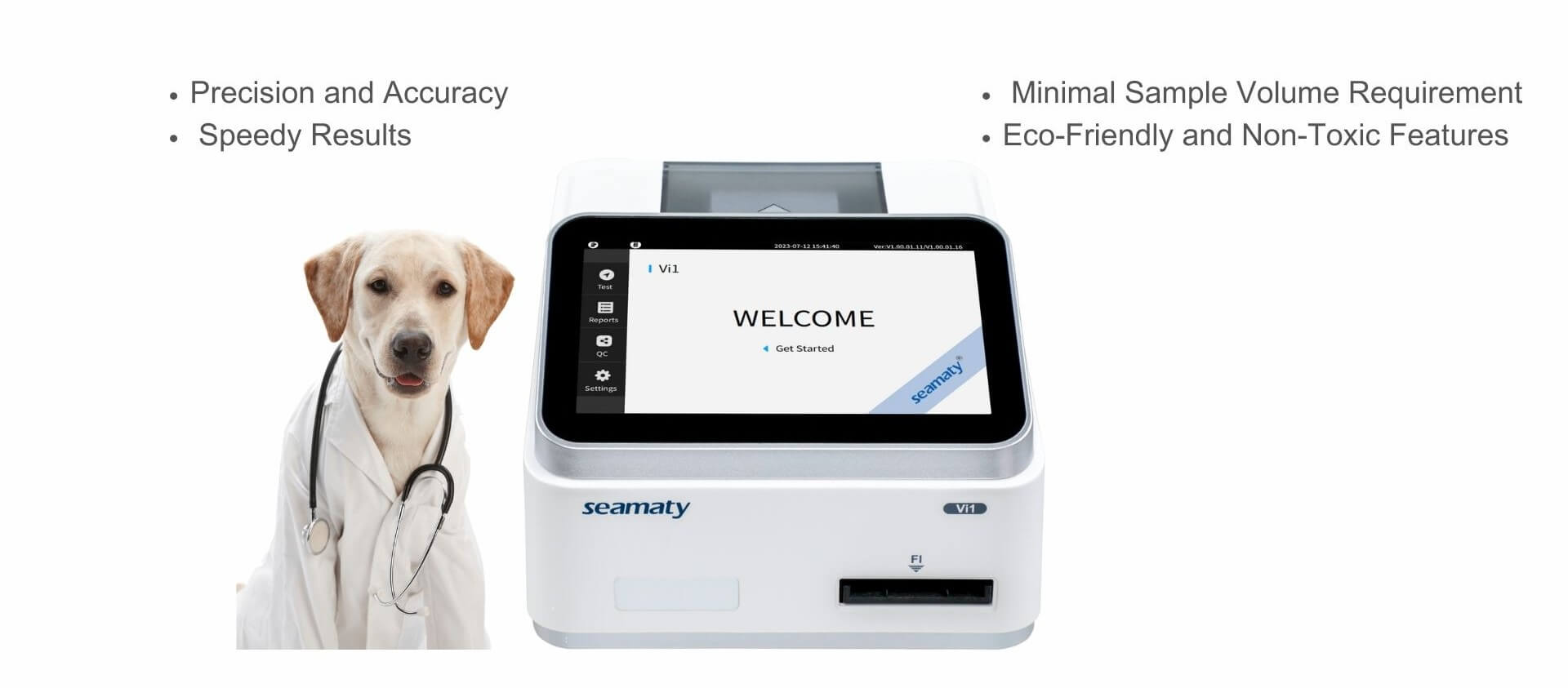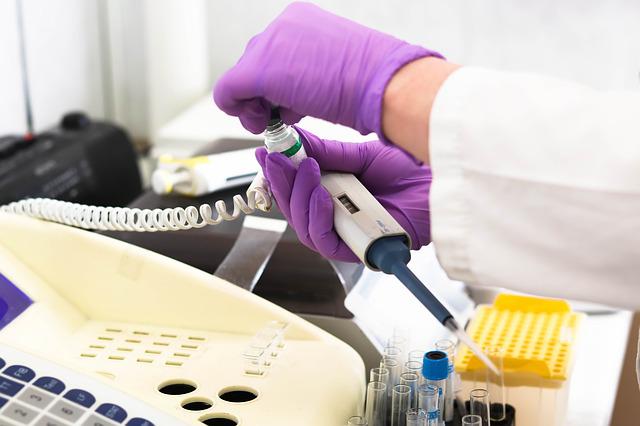As we all know, technology in the medical diagnostics industry is steadily moving from centralized testing to a decentralized model. And this trend is bringing medical diagnostics closer to the patient. Point-of-care (POCT) benefits are gradually being seen by all. New technologies are expanding the use of POCT devices into the home. And the new generation of medical diagnostic equipment offers greater accuracy, reliability and speed.
Early diagnosis and ready monitoring are especially important for diseases such as HIV, hepatitis C (HVC) and colon cancer. POCT technology provides just such a tool, and they can provide results faster and more easily.
In fact, the medical diagnostic industry has been moving toward decentralized testing since before the COVID-19 pandemic. For many years, testing was usually concentrated near the core laboratory. Gradually, however, testing expanded to outpatient clinics and emergency rooms in order to make testing more efficient. These facilities have a smaller footprint than core laboratory facilities and are designed with "simple and fast response" at the core of the product.
Easier to use substance abuse testing equipment
One of the expanding areas of is screening for substance abuse. For example, the U.S. Department of Health and Human Services' Substance Abuse and Mental Health Services Administration recently revised its implementation guidance to allow saliva samples to be used in workplace drug testing programs. Previously, all drug testing required sampling of urine, a method that sometimes posed privacy issues. Saliva testing is more efficient, less invasive, and requires less fluid for testing.
These revised guidelines have enormous implications for increased drug testing across multiple regulatory functions. The Federal Motor Carrier Safety Administration, for example, announced an increase in random drug testing for truck drivers from 25 percent to 50 percent in 2020, with 2.1 million random control tests expected to be conducted. The increase is due to an increase in positive test results in 2019, necessitating additional mandatory testing. The recently revised guidance program has the potential to make this testing more effective and easier to administer.
Testing for infectious diseases
Governments around the world are increasingly inclined to adopt POCT technology for the detection of infectious diseases. POCT not only reduces the burden on hospitals and shortens wait times and visits to emergency departments, but is also extremely important for managing global pandemics.
In recent years, despite effective preventive measures and treatment programs for HIV, this life-threatening disease remains a global threat. The World Health Organization has called for the use of rapid HIV testing as a key to controlling infection rates.
OraSure Technologies, for example, has developed the first FDA-approved POCT test that rapidly detects antibodies against HIV-1 and HIV-2 in less than 20 minutes. This test allows consumers to use a simple oral swab for testing without the need for blood. The City of Vancouver Biolabs developed the INSTI HIV Self-Test, a blood test sought after for its ease of use, reliability and convenience, which detects HIV antibodies in 60 seconds, a test that allows consumers to perform at home. Over 15 million INSTI tests are used in over 60 countries/regions.
Home test kits: the ultimate decentralization
One of the target scenarios for instant testing is to enable consumers to self-test at home. Patient self-testing is not a new concept, as pregnancy testing products have been available to U.S. consumers since the 1970s. Currently, the application scenario for home testing has been greatly expanded. Consumers can check their own blood sugar and cholesterol levels. Self-testing measures for HIV, HPV and even colon cancer are now becoming more common.
Consumers have a better understanding of their testing goals and are willing to spend more time and money to maintain their health, which just makes home medical testing even more attractive and urgent.
Considering the use of POCT in the home environment,
POCT equipment needs to be optimized accordingly. The user is no longer a professional laboratory operator but an untrained layperson. Therefore, POCT products need to be designed with more consideration for product safety, allowing for a higher degree of fault tolerance, and test results must be as simple and straightforward as possible.
In order to obtain accurate diagnostic results, effective control is required at the time of sample collection. Capillary structures can be used to ensure proper wicking, absorption and flow. The media surface can be designed with special geometries and different properties to recover as much of the target analyte as possible. while minimizing non-specific binding.
If insufficient samples are sampled, insufficient binding of binding sites may occur, resulting in incorrect test results. If too much sample is introduced, test strip backlash and "overflow" may result. POCT product design manufacturers can also customize the media with proprietary coatings to reduce the potential for non-specific binding and external contamination. In addition, the use of proprietary color development technology can provide assays and accurate sample indications.
As the POCT industry grows and the demand for home-use testing technology increases, ensuring consistency, accuracy and integrity of testing will become a critical task for
POCT manufacturers. Today's consumers are increasingly concerned about their health status and have more sources of information and choice than ever before. This will provide more market opportunities for many IVD manufacturers, but it also creates a more competitive environment.


